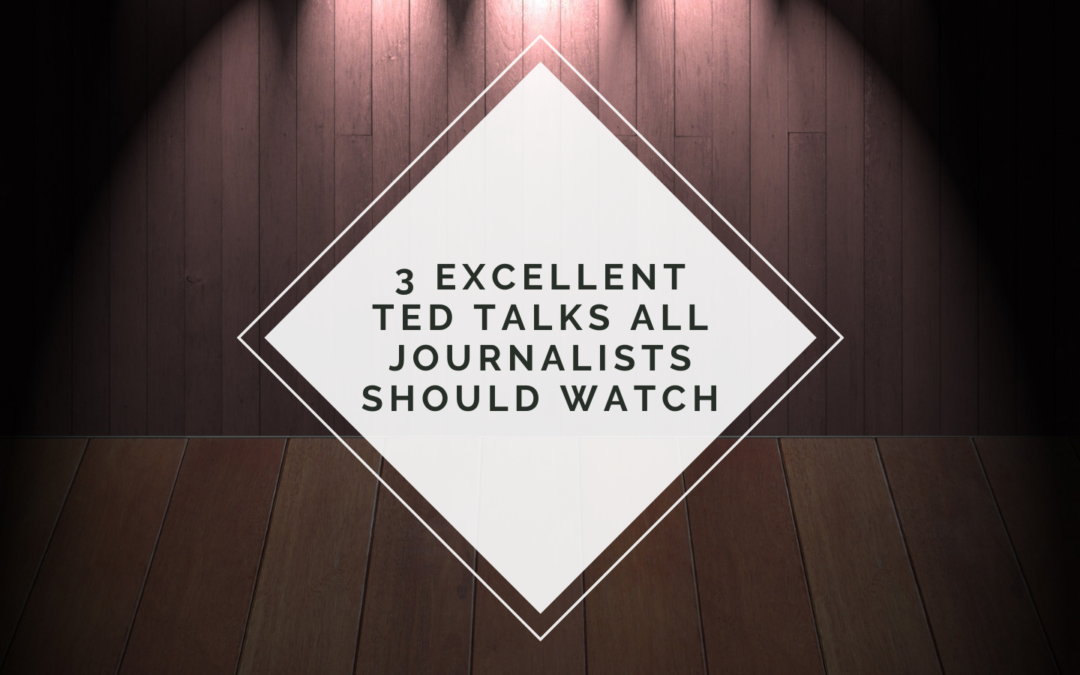Journalists put in some of the longest hours of any profession. The Bureau of Labor Statistics might tell you that news people have a 40-hour workweek, but just ask any real reporter or editor you know, and they’ll tell you they work 50 to 60 hours a week.
That’s why these short-burst TED Talks are perfect for this hardworking group. They clock in at just 10 minutes, but they offer superb insights for active journalists.
Rogers is the editor of The Guardian’s Datablog. He said anyone today can work as a data journalist because it’s a legitimate form of creating valuable news without leaving your apartment. Instead of going out to interview sources and cover public events, data journalists log onto the internet and make a deep dive into the wealth of statistical data that is available from uncounted sources.
Sifting through this information enables the data journalist to compose stories that are relevant to the lives of specific demographic groups that will eagerly consume these kinds of stories.
This is an engaging TED Talk by British-American Heather Brooke on how she took on the U.K.’s House of Commons and exposed the 2009 expenses scandal. The result of her stories ended the career of several British MPs. It was a landmark event and a triumph of hard-nosed reporting skills.
Brooke started her journalism career in the U.S. and moved to the U.K. where she worked as a BBC copywriter and then took a professorship at the City University of London. Her talk offers invaluable insight for other aspiring journalists to do their jobs better and further their careers.
Nolan is a managing editor for Storyful, a social media intelligence firm located in Dublin, Ireland. His specialty is vetting information gleaned from major social media platforms, such as Twitter and Facebook.
Nolton said journalists today can’t ignore the wealth of news leads provided by social media platforms, but verifying the information and establishing credibility is an extreme challenge.
In his TED Talk, Nolan offers straightforward techniques to nail down what is legitimate content — and separate it from what is just more of the garbage that clogs social media. This is timely information for today’s working journalists.
